GCL Optoelectronics, a unit of GCL Group, has officially commissioned its perovskite photovoltaic module base in Kunshan, China’s Jiangsu province. It is the world’s first gigawatt-scale manufacturing facility for perovskite solar modules.
The first phase of the plant, with a nameplate capacity of 1 GW, broke ground in May 2024 and was completed in just over a year. The second phase will expand capacity to 2 GW, depending on market demand. With a total planned investment of CNY 5 billion ($696.9 million), the facility will serve as GCL’s global R&D headquarters and the future listed platform for its perovskite operations.
The Kunshan plant builds on GCL’s early position in perovskite technology, following the launch of its 100 MW pilot line in 2021. The company has since achieved several technical breakthroughs, including certified single-junction module efficiency of 19.04% and tandem cell efficiency of 29.51%, placing it among global frontrunners.
GCL’s large-format modules, measuring up to 1.2 meters by 2.4 meters, are the largest of their kind and have passed TÜV Rheinland’s triple IEC stability certification.
To accelerate innovation, GCL has partnered with Suzhou Laboratory and Soochow University to establish the world’s first AI-driven high-throughput perovskite research center, located on-site. The lab integrates artificial intelligence with high-throughput experimentation to optimize materials formulation and process design.
The company said its modules have already undergone field validation in diverse environments, including high-altitude sites in Qinghai province, demonstration projects in the Gobi Desert, and coastal building-integrated photovoltaics (BIPV) pilots. These projects reportedly demonstrate the adaptability of GCL’s perovskite technology to extreme UV radiation, temperature swings, and saline or dusty conditions.
GCL plans to scale up production through a dual-track strategy of mass manufacturing and application-specific demonstrations. It is also exploring integration of perovskite modules with long-duration storage and green hydrogen systems to support a vertically integrated low-carbon energy ecosystem covering solar power, green chemicals, and data computing.
This content is protected by copyright and may not be reused. If you want to cooperate with us and would like to reuse some of our content, please contact: editors@pv-magazine.com.
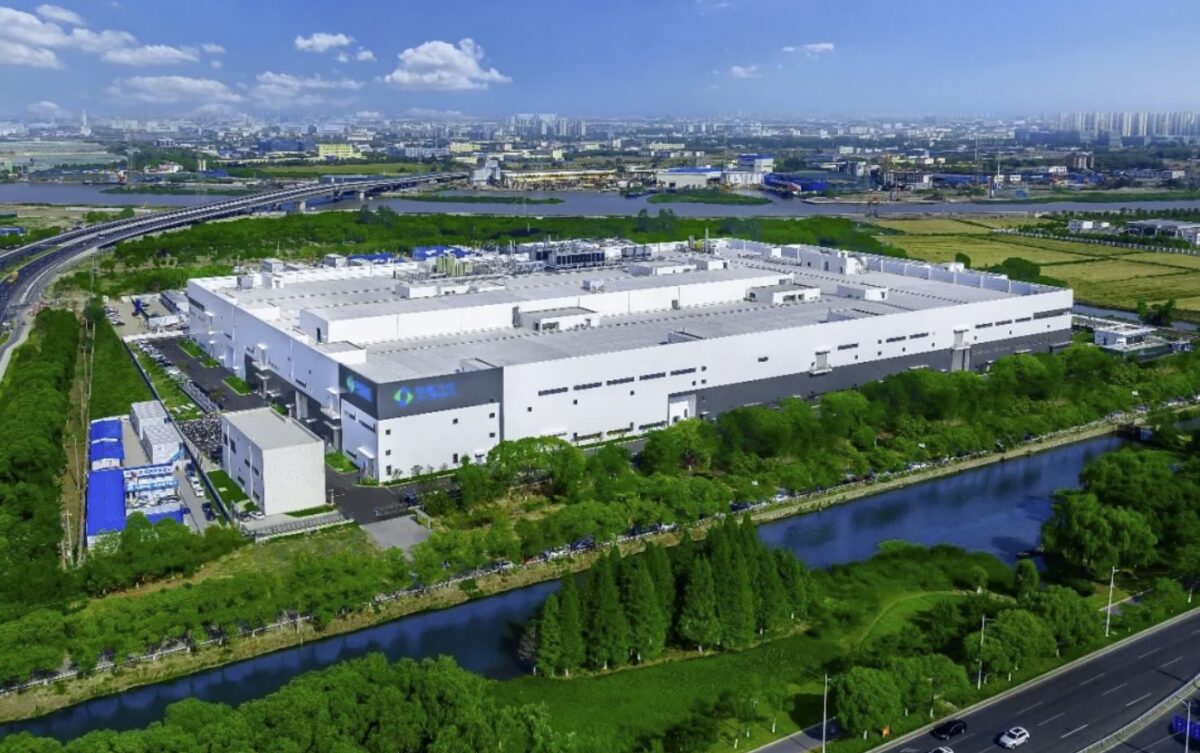
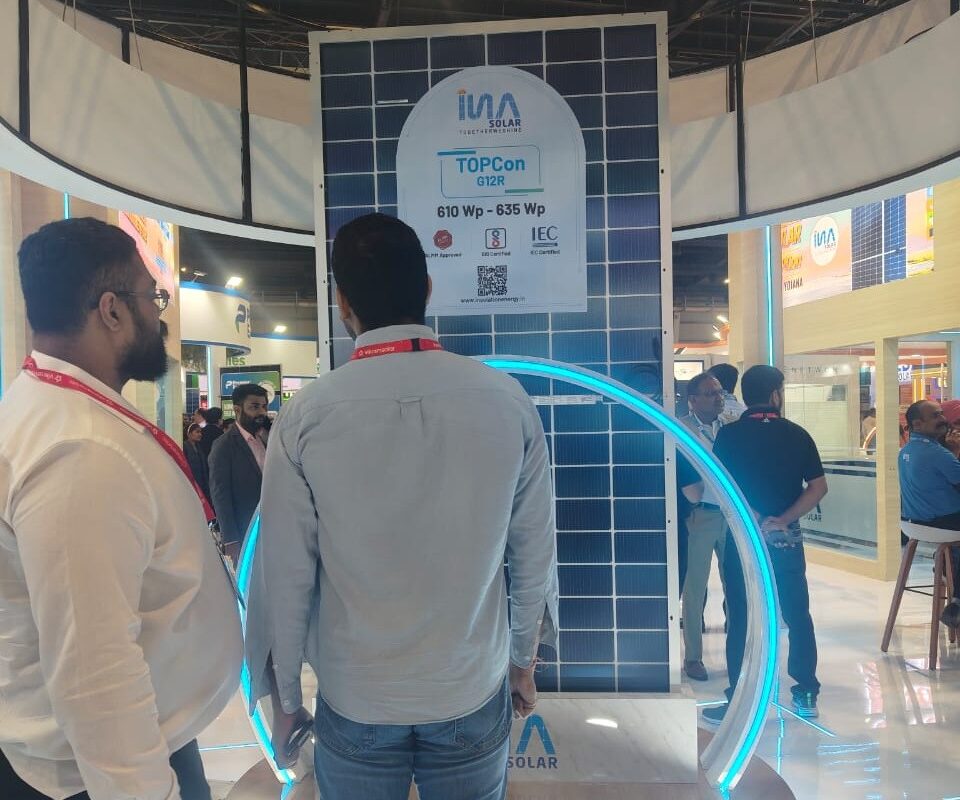

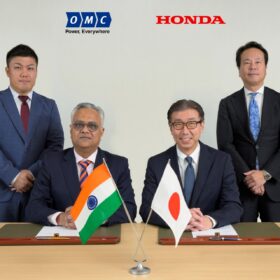
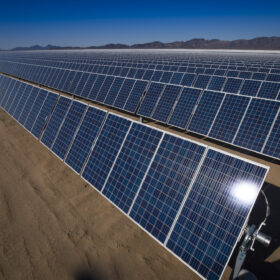
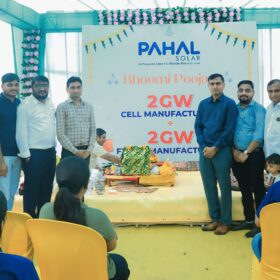
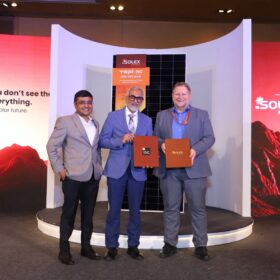

By submitting this form you agree to pv magazine using your data for the purposes of publishing your comment.
Your personal data will only be disclosed or otherwise transmitted to third parties for the purposes of spam filtering or if this is necessary for technical maintenance of the website. Any other transfer to third parties will not take place unless this is justified on the basis of applicable data protection regulations or if pv magazine is legally obliged to do so.
You may revoke this consent at any time with effect for the future, in which case your personal data will be deleted immediately. Otherwise, your data will be deleted if pv magazine has processed your request or the purpose of data storage is fulfilled.
Further information on data privacy can be found in our Data Protection Policy.